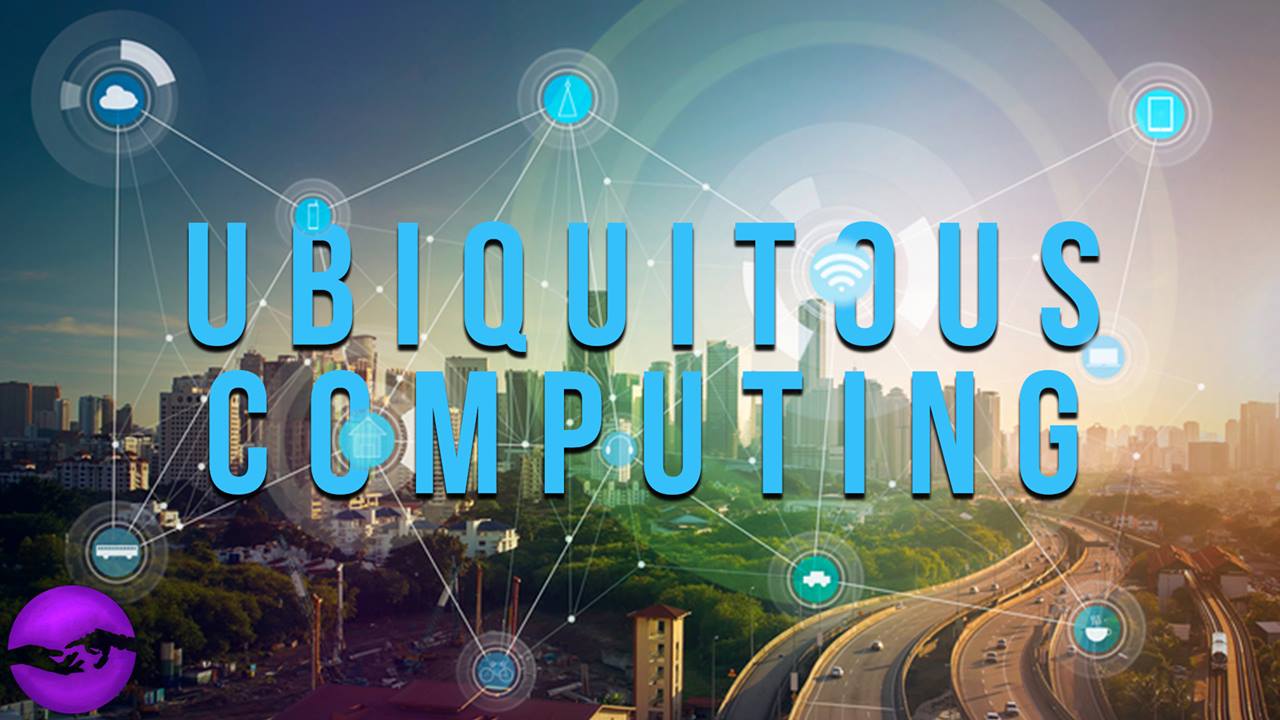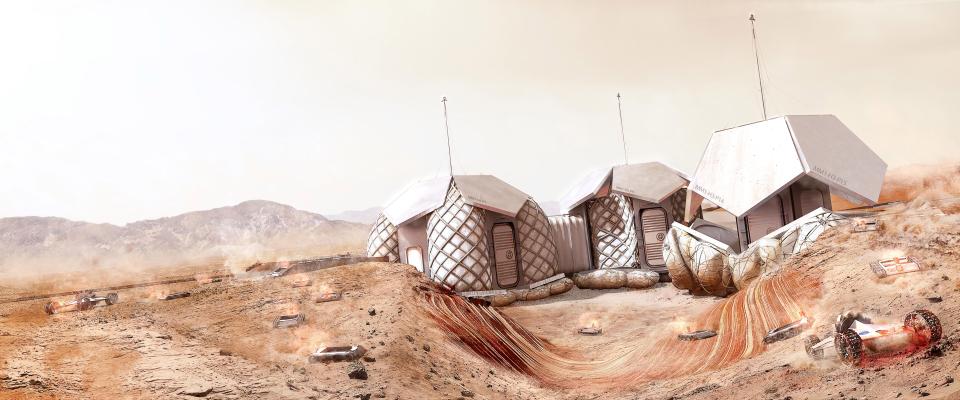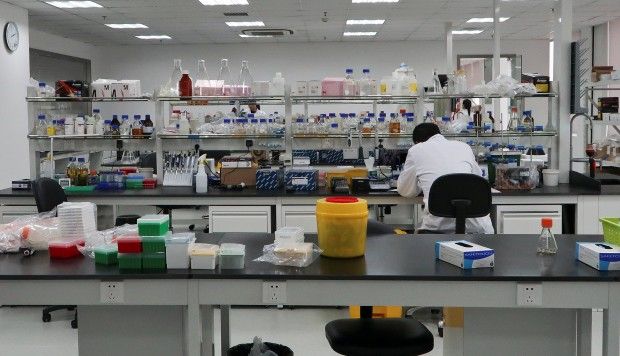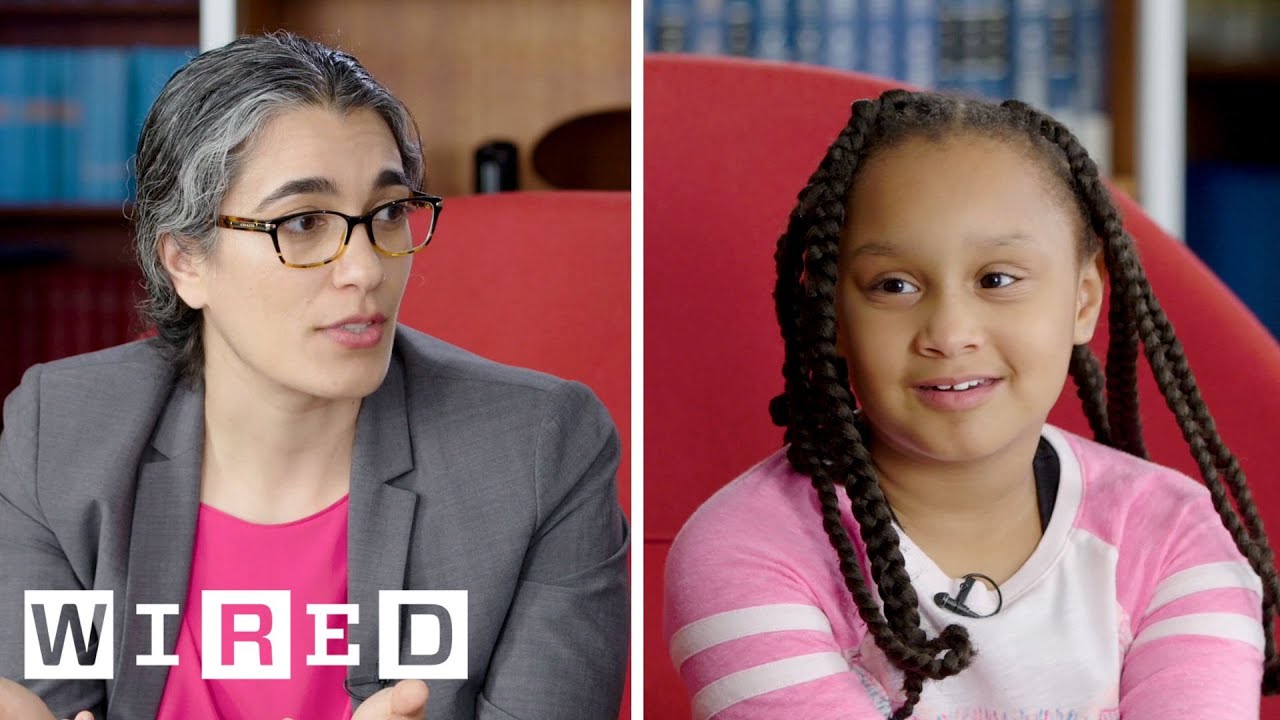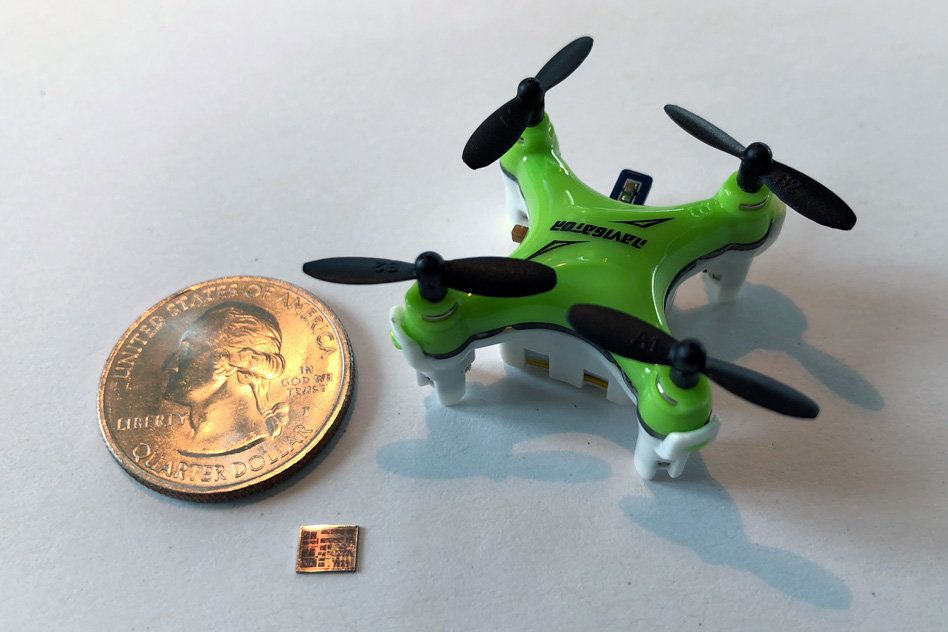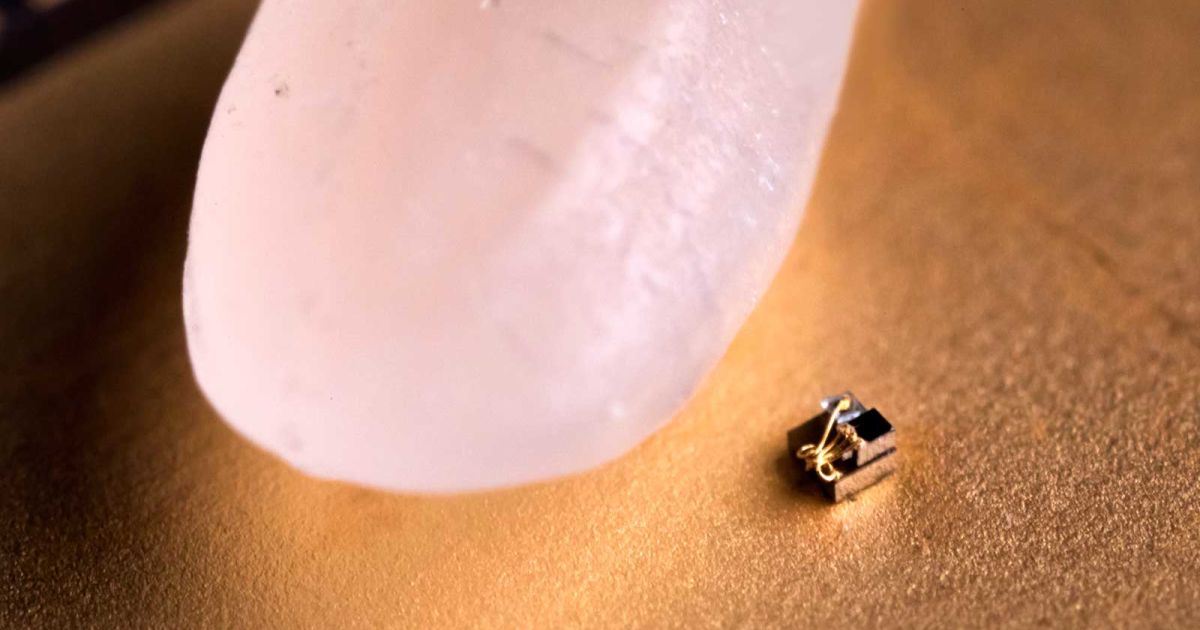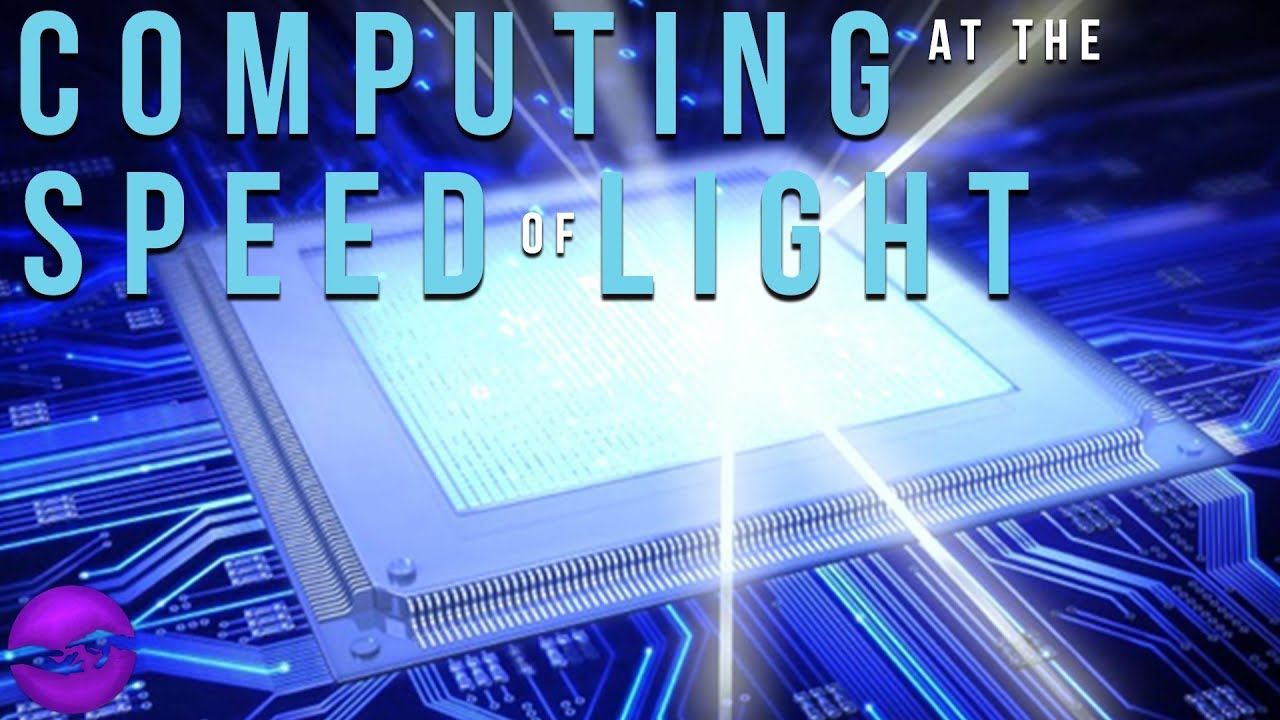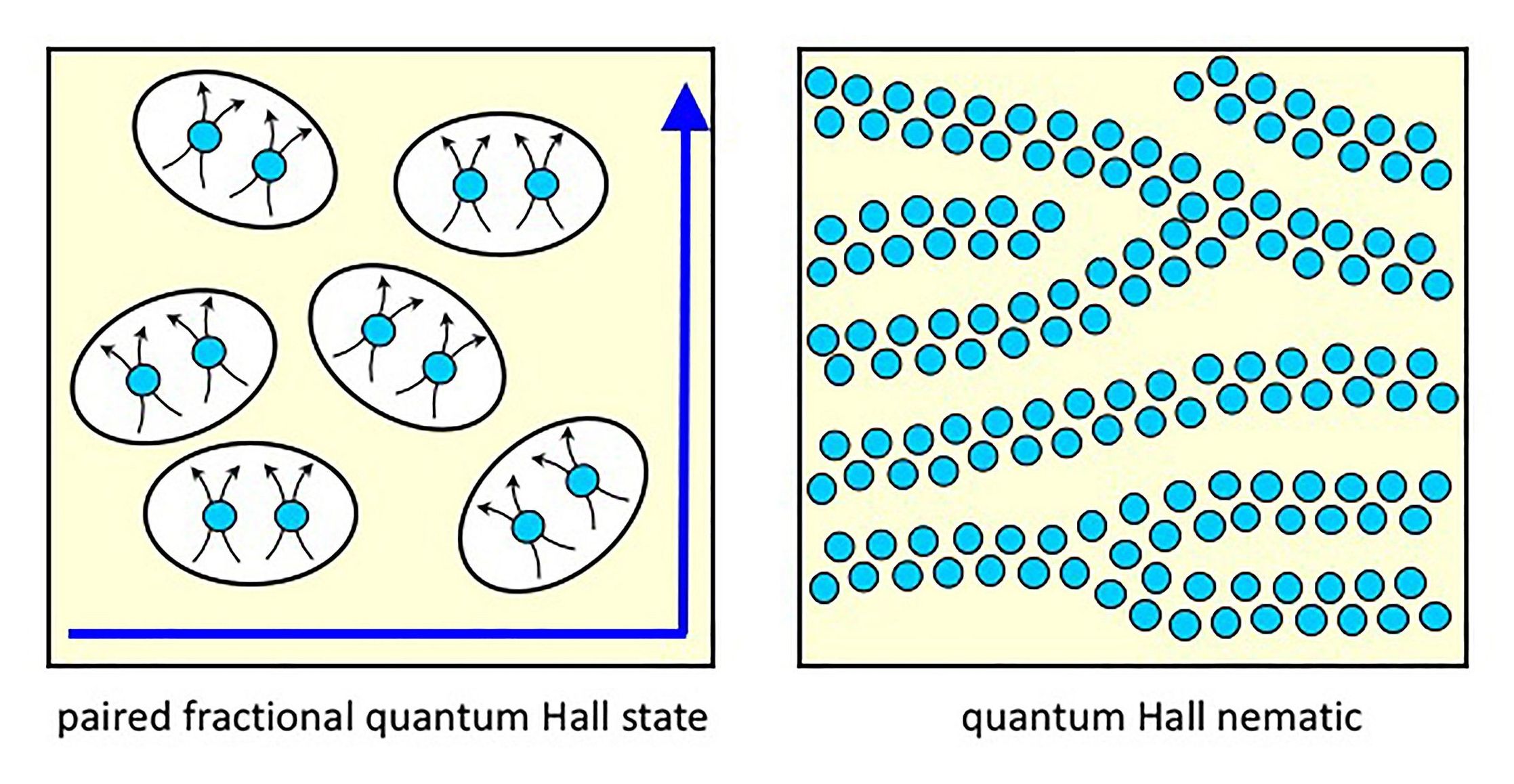Recommended Books ➤
📖 Life 3.0 — http://azon.ly/ij9u
📖 The Master Algorithm — http://azon.ly/excm
📖 Superintelligence — http://azon.ly/v8uf
This video is the twelfth and final in a multi-part series discussing computing. In this video, we’ll be discussing the future of computing, more specifically – the evolution of the field of computing and extrapolating forward based on topics we’ve discussed so far in this series!
[0:31–5:50] Starting off we’ll discuss, the 3 primary eras in the evolution of the field of computing since its inception, the: tabulating, programming and cognitive eras.
Afterwards, we’ll discuss infinite computing, a paradigm that incorporates cloud computing and the principles of heterogenous architecture that is accelerating the transition to cognitive computing.
Finally, to wrap up, we’ll discuss the future of computing, ubiquitous computing, fueled by the rise of abundant, affordable and smart computing devices, where computing is done using any device, in any location and in any format.
